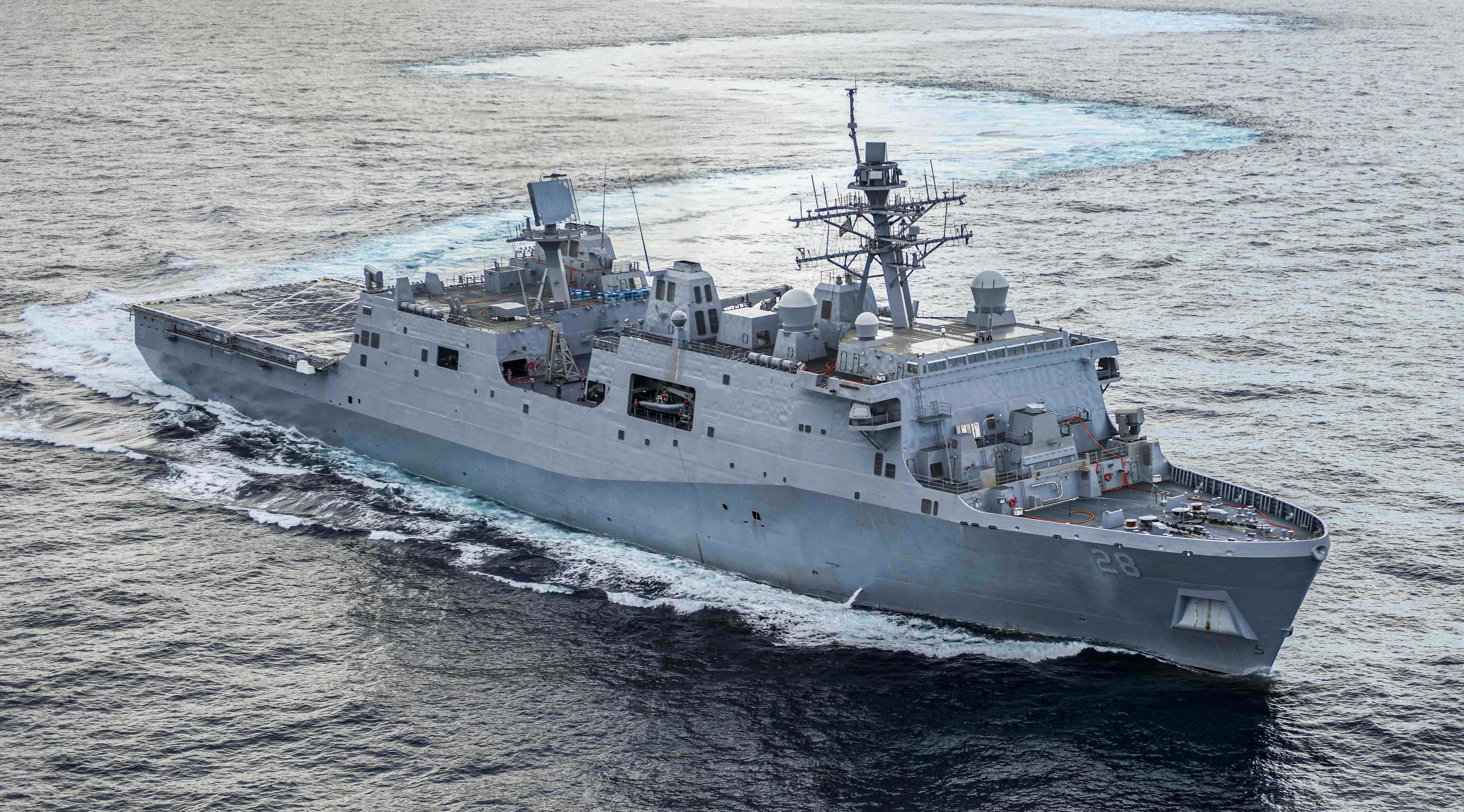The following is the Congressional Budget Office report, An Analysis of the Navy’s Fiscal Year 2020 Shipbuilding Plan.
From the report
The Department of Defense (DoD) submitted the Navy’s 2020 shipbuilding plan to the Congress in March 2019. The average annual cost of carrying out that plan, which covers fiscal years 2020 to 2049, would be $31.0 billion in 2019 dollars, the Congressional Budget Office estimates. The Navy’s 2020 plan differs very little from its 2019 plan in its goal for the total inventory of battle force ships, the number and types of ships that the Navy would purchase, and the funding proposed to implement the plan. If fully carried out, the shipbuilding plan would represent the largest naval buildup since the 1980s.
The Navy Plans to Expand the Fleet to 355 Battle Force Ships
In September 2019, the Navy’s fleet numbered 290 battle force ships—aircraft carriers, submarines, surface combatants, amphibious ships, combat logistics ships, and some support ships. The Navy’s 2020 shipbuilding plan reflects its 2016 force structure assessment and sets a goal of building and maintaining a fleet of 355 battle force ships.2 Toward that goal, the Navy would buy 304 ships over the 2020–2049 period: 247 combat ships and 57 combat logistics and support ships (see Table 1).
If the Navy adhered to the schedule for retiring ships outlined in the 2020 plan, it would meet the goal of
355 ships in 2034 and maintain that number through at least 2049.
In testimony in spring 2019, senior Navy officials told the Congress that the Navy intends to release a new force structure assessment sometime in late 2019. Those officials stated that although the goal of 355 ships is likely to change, it is not clear by how much; it is also unclear how the large unmanned systems that the Navy wants to develop might be counted toward that goal. The current goal does not include any unmanned systems.
New Ships in the Navy’s Plan Would Cost an Average of $28.8 Billion per Year
CBO estimates that buying the new ships specified in the 2020 plan would cost $865 billion over 30 years, or an average of $28.8 billion per year.4 The Navy estimates a lower cost—$660 billion over 30 years, or an average of $22.0 billion per year—$0.6 billion more per year than it estimated new-ship construction would cost under its 2019 plan.
CBO’s estimates are higher than the Navy’s because CBO and the Navy made different assumptions about the design and capabilities of some future ships, used different estimating methods, and treated growth in shipbuilding labor and materials costs differently. Most of the difference between the estimates stems from uncertainty about the design and capabilities of large
ships whose construction would begin in 5 or 10 years— in particular, the future large surface combatant and the future attack submarine. The difference in estimates also widens over time in part because the Navy’s method of developing constant-dollar estimates for most of its shipbuilding programs does not account for the faster growth in the costs of labor and materials in the shipbuilding industry than in the economy as a whole. As a result, the Navy’s estimate does not reflect the increase in the real (inflation-adjusted) costs of ships with today’s capabilities that CBO anticipates in future purchases of such ships.
The Navy’s shipbuilding plan reports only the costs of new-ship construction. It excludes other activities typically funded from the Navy’s budget account for ship construction. Including nuclear refueling and all other costs associated with the Navy’s shipbuilding budget would add $2.1 billion to the Navy’s average annual shipbuilding costs under the 2020 plan, CBO estimates.
Download the document here.





